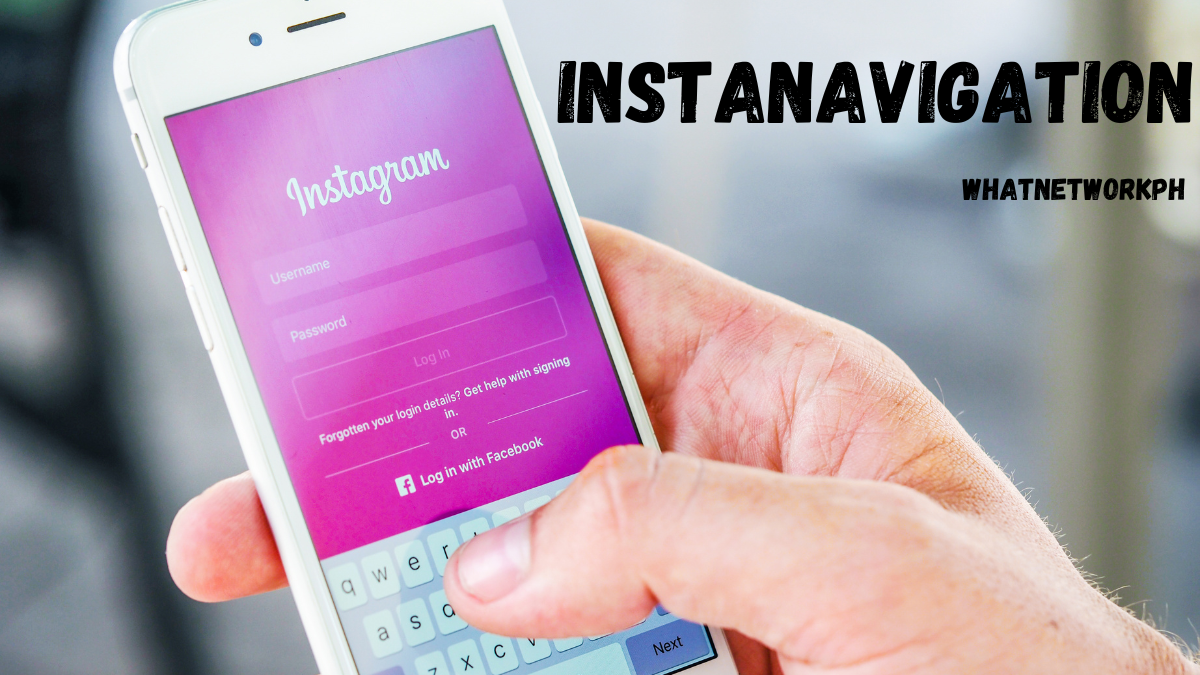Navigating the vast digital and physical landscapes of today’s world requires precision, speed, and reliability. Instanavigation, a cutting-edge technology, is transforming how we find our way, both online and offline. This comprehensive guide delves into the intricacies of instanavigation, its benefits, applications, and the future it promises.
What is Instanavigation?
Instanavigation is a sophisticated navigation system that offers real-time, instant guidance to users. Unlike traditional navigation systems that might suffer from lag or inaccuracies, instanavigation ensures seamless and immediate route adjustments, providing the user with the most efficient path at any given moment.
How Instanavigation Works
Instanavigation harnesses the power of advanced algorithms, GPS technology, and machine learning to deliver precise navigation. Here’s a breakdown of its core components:
1. Real-Time Data Processing
Instanavigation systems process vast amounts of data from various sources, including satellite feeds, traffic reports, and user inputs, to provide the most accurate and up-to-date navigation information.
2. Predictive Analysis
By analyzing patterns and predicting potential delays or obstacles, instanavigation can proactively suggest alternative routes, ensuring that users reach their destinations swiftly and safely.
3. User-Centric Design
Instanavigation prioritizes user experience, offering intuitive interfaces and customizable features that cater to individual preferences and needs.
Applications of Instanavigation
Instanavigation is not limited to just one domain; its applications span various industries and everyday scenarios.
1. Automotive Industry
In the automotive sector, instanavigation enhances in-car navigation systems, providing drivers with real-time traffic updates, alternate routes, and estimated arrival times.
2. Logistics and Supply Chain
For logistics companies, instanavigation is a game-changer. It optimizes delivery routes, reduces fuel consumption, and ensures timely deliveries, thereby increasing operational efficiency and customer satisfaction.
3. Outdoor Activities
Hikers, cyclists, and adventurers can rely on instanavigation to explore unfamiliar terrains. The system’s real-time updates and accurate mapping reduce the risk of getting lost and enhance the overall experience.
4. Urban Planning and Smart Cities
Instanavigation plays a crucial role in urban planning by analyzing traffic patterns and helping in the design of smarter, more efficient city layouts. It also supports the development of intelligent transportation systems that adapt to real-time conditions.
Benefits of Instanavigation
The advantages of adopting instanavigation are numerous and impactful.
1. Enhanced Accuracy
By providing real-time updates and predictive route suggestions, instanavigation significantly reduces the chances of errors or delays.
2. Time and Cost Efficiency
Instanavigation helps users save time and money by optimizing routes, reducing fuel consumption, and minimizing travel time.
3. Improved Safety
With accurate and timely navigation information, instanavigation’s enhances the safety of travelers by reducing the likelihood of accidents and guiding them away from hazardous areas.
4. User Convenience
Instanavigation’s user-friendly interfaces and customizable options make it a convenient tool for individuals and businesses alike.
The Future of Instanavigation
As technology continues to evolve, the future of instanavigation’s looks promising. Here are some trends to watch:
1. Integration with Autonomous Vehicles
Instanavigation is set to play a pivotal role in the development and operation of autonomous vehicles, providing them with the precise navigation capabilities required for safe and efficient travel.
2. Enhanced AI Capabilities
With advancements in artificial intelligence, instanavigation’s systems will become even more intuitive, learning from user behavior and preferences to offer highly personalized navigation experiences.
3. Expanded Connectivity
The integration of instanavigation’s with the Internet of Things (IoT) will enable seamless connectivity between devices, creating a more cohesive and efficient navigation ecosystem.
4. Global Accessibility
Efforts are underway to make instanavigation’s accessible in remote and underserved regions, ensuring that everyone, regardless of their location, can benefit from this technology.
FAQs
Q: How does instanavigation differ from traditional GPS?
A: Instanavigation’s offers real-time updates and predictive routing, whereas traditional GPS systems may experience delays and lack the ability to suggest alternative routes based on real-time data.
Q: Is instanavigation’s available on mobile devices?
A: Yes, instanavigation’s is available on various platforms, including smartphones, tablets, and dedicated navigation devices, making it accessible to a wide range of users.
Q: Can instanavigation’s be used in rural areas?
A: While instanavigation’s is most effective in urban environments with extensive data networks, advancements are being made to improve its functionality in rural and remote areas.
Q: What are the cost implications of using instanavigation?
A: The cost of instanavigation’s services can vary based on the provider and the specific features offered. However, the efficiency gains and time savings often justify the investment.
Q: How does instanavigation‘s enhance safety?
A: By providing accurate and timely navigation information, instanavigation’s helps users avoid hazards, reduces the likelihood of accidents, and guides them safely to their destinations.
Conclusion
Instanavigation’s is transforming the way we navigate through both digital and physical landscapes. With its advanced real-time data processing, predictive analysis, and user-centric design, it offers unparalleled accuracy, efficiency, and safety. Its applications span various sectors, from automotive and logistics to outdoor activities and urban planning, showcasing its versatility and broad impact. As technology continues to advance, the future of instanavigation promises even greater integration with autonomous vehicles, enhanced AI capabilities, expanded connectivity, and global accessibility. Embracing instanavigation’s is not just about adopting a new tool; it’s about stepping into a future where navigation is seamless, intuitive, and incredibly efficient.
